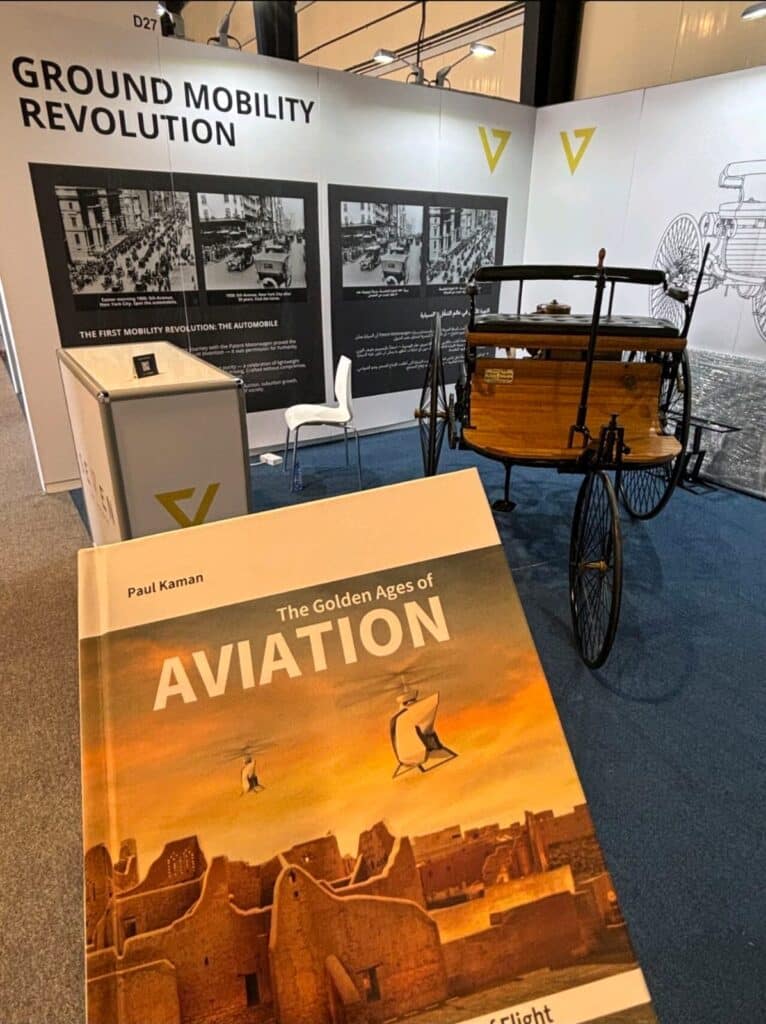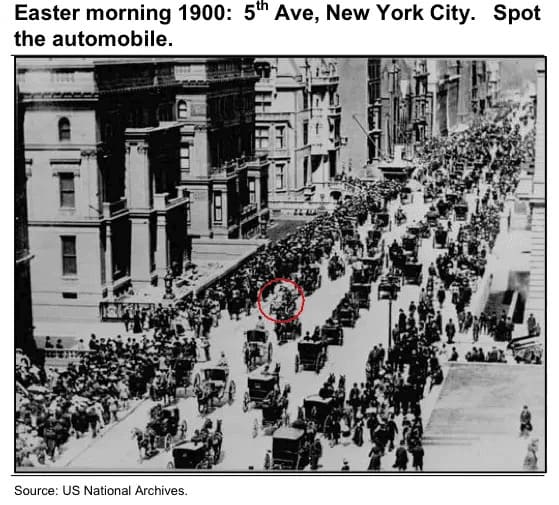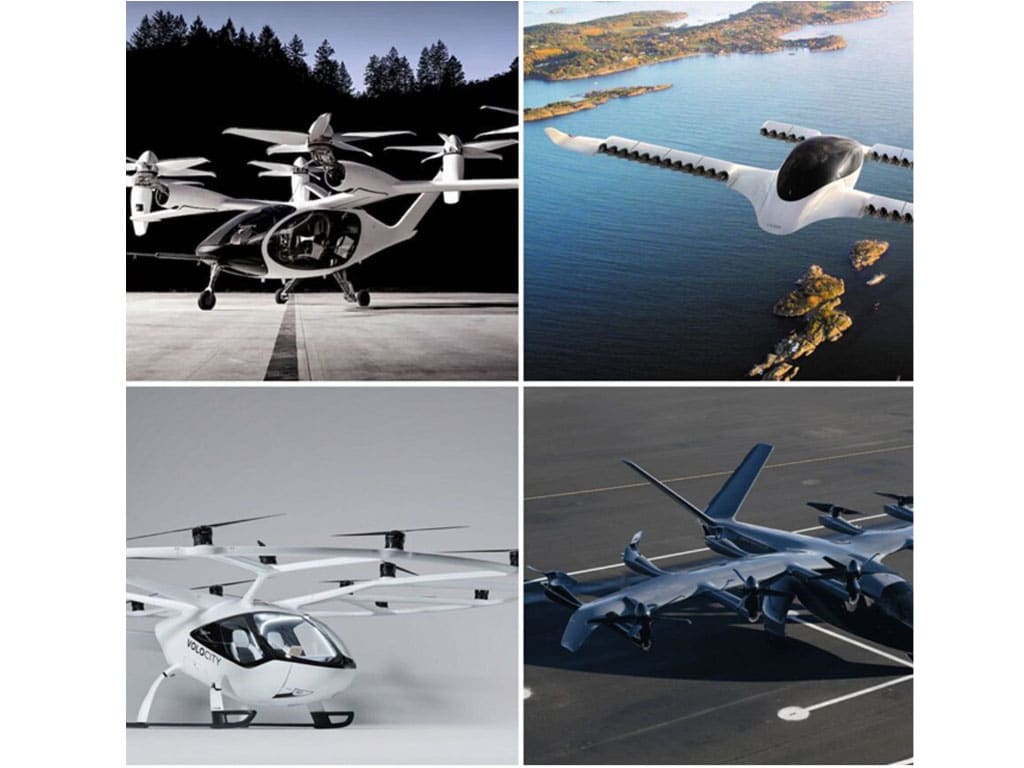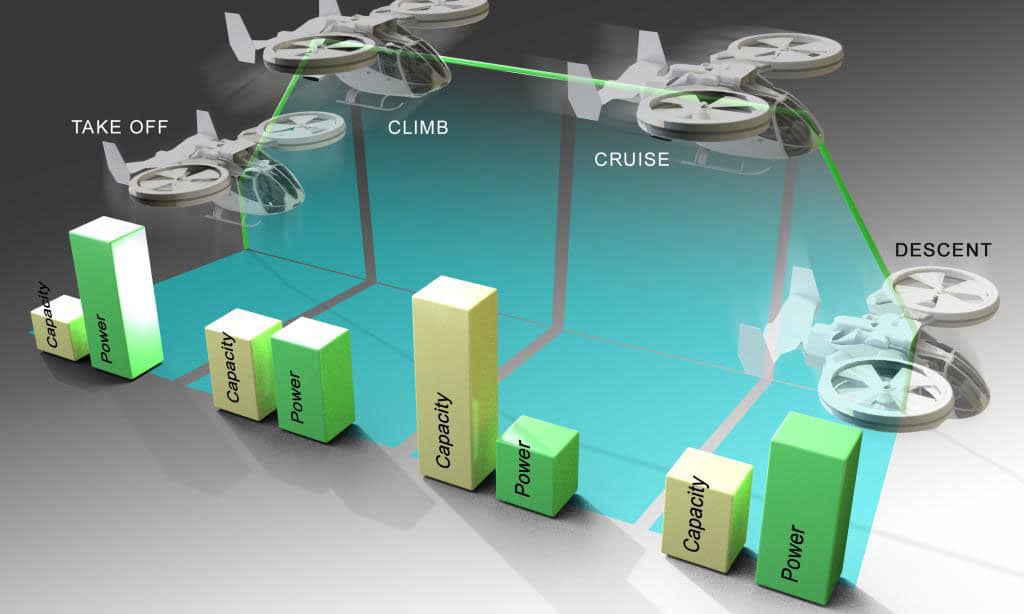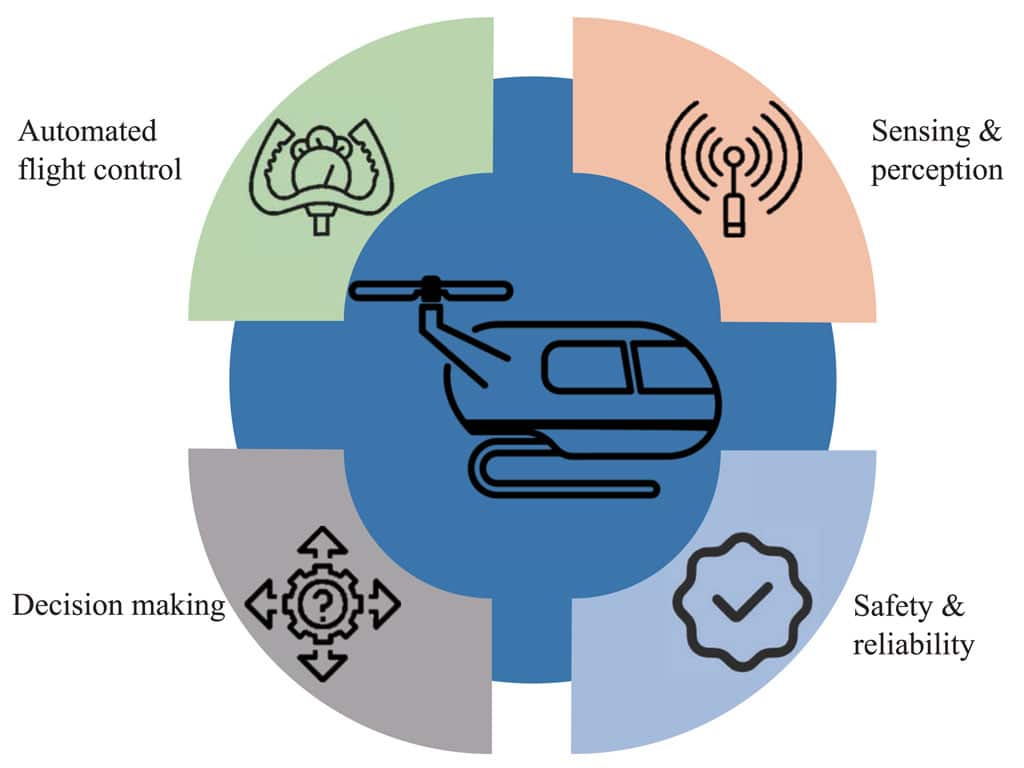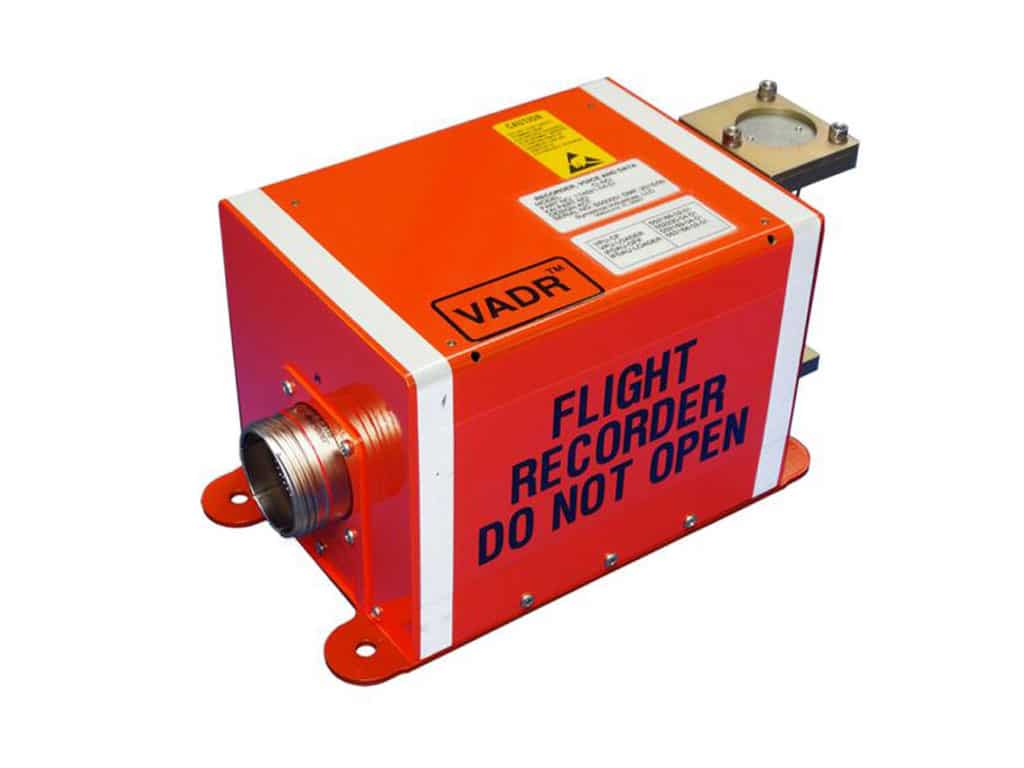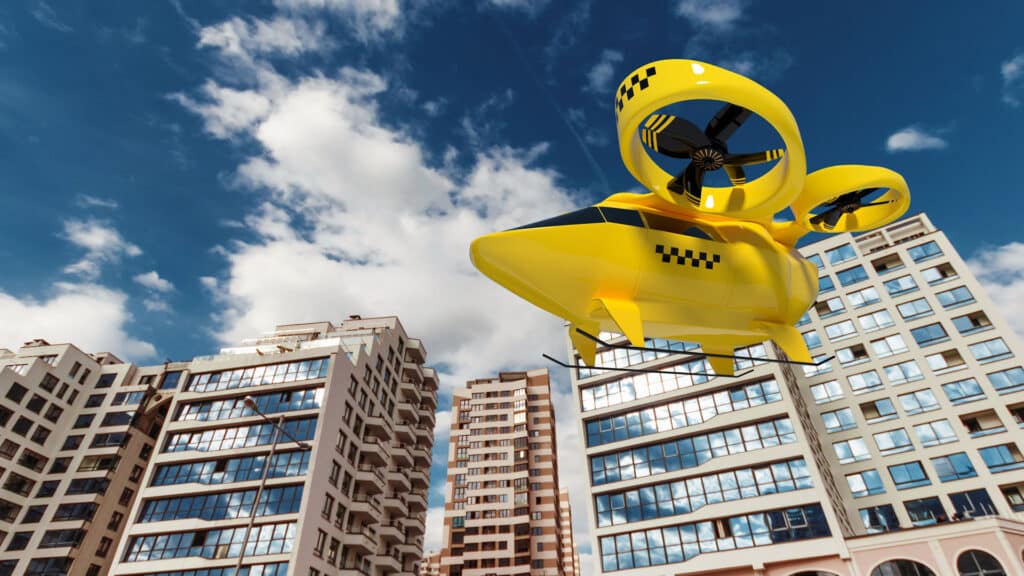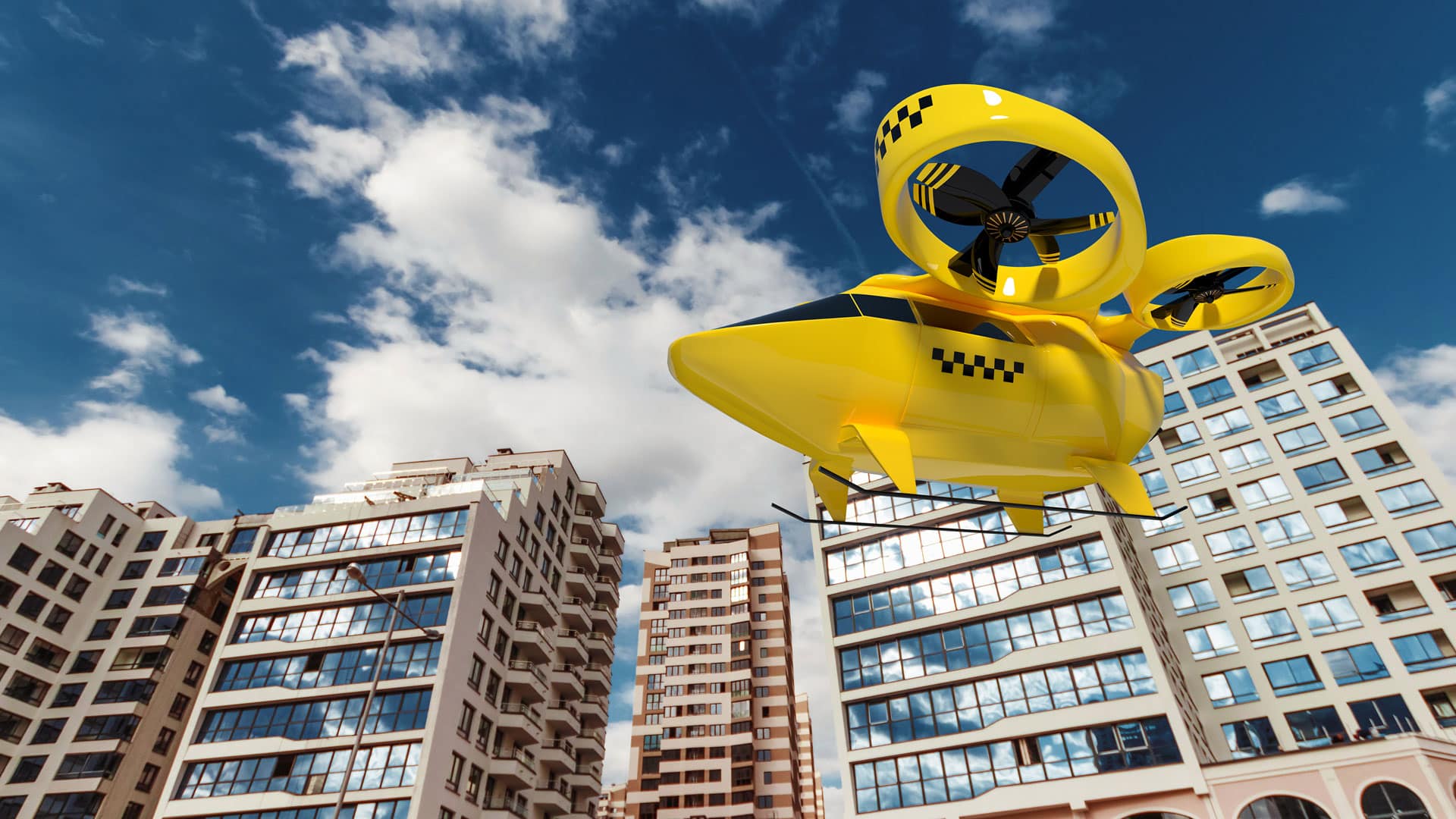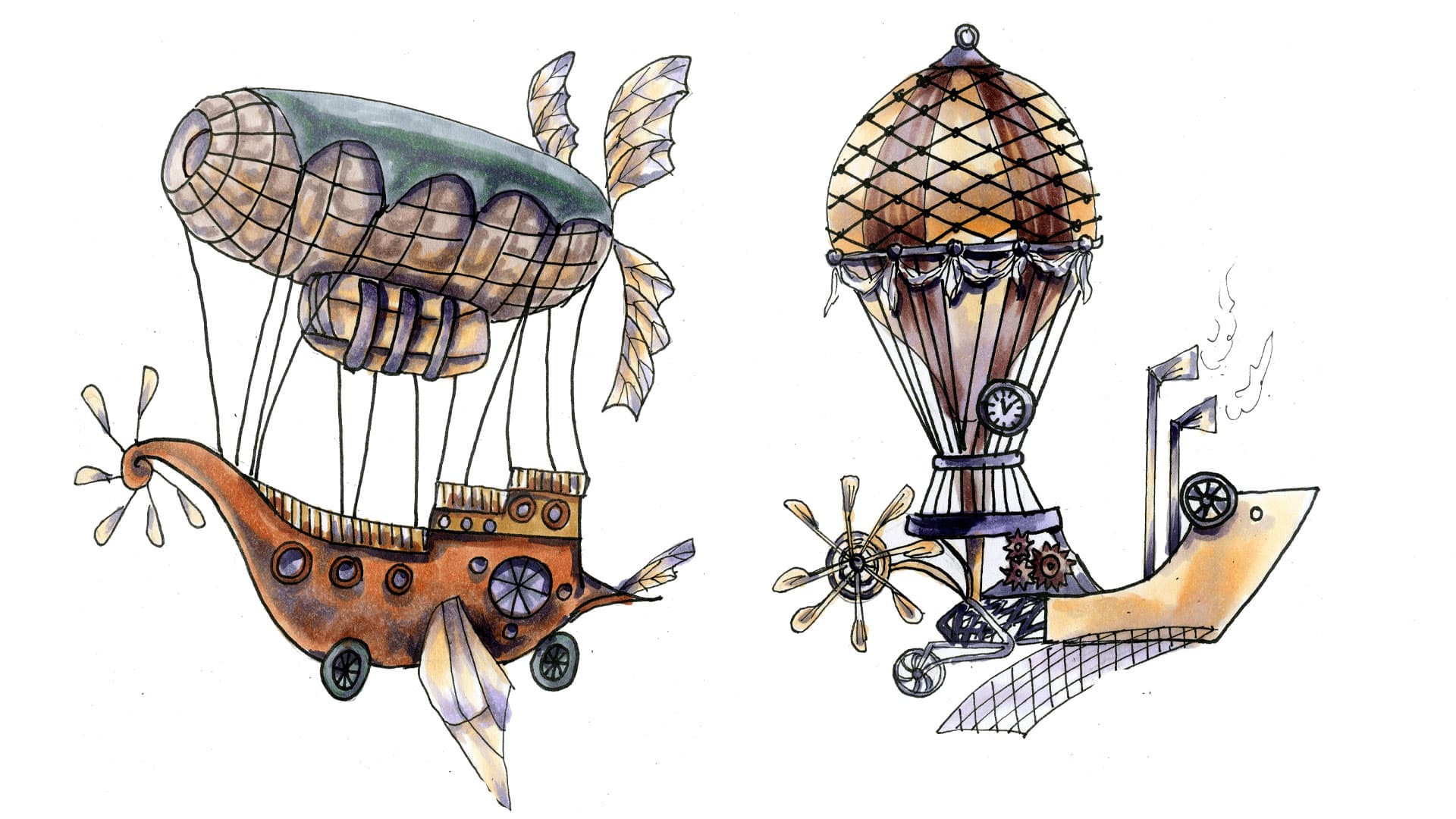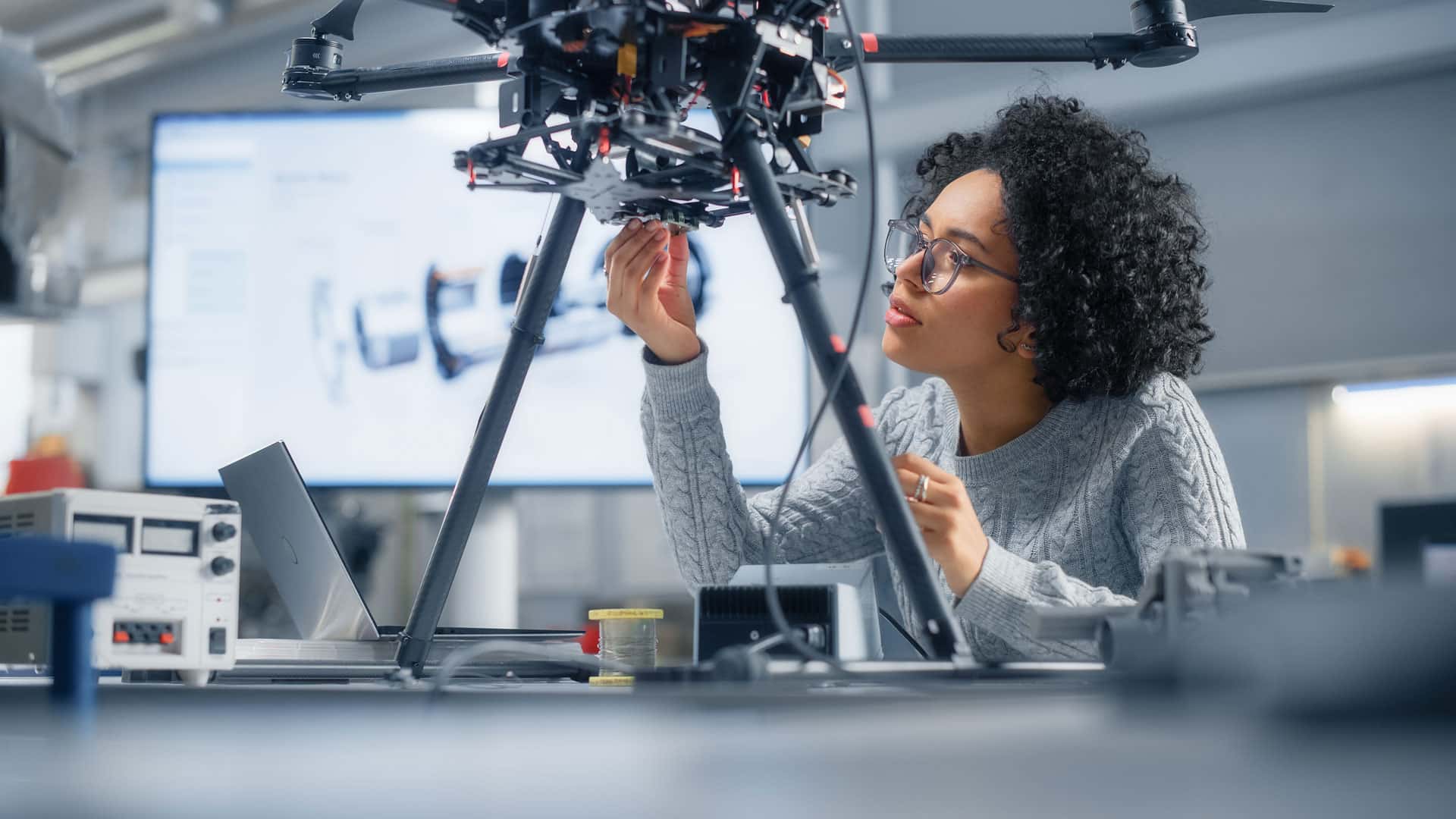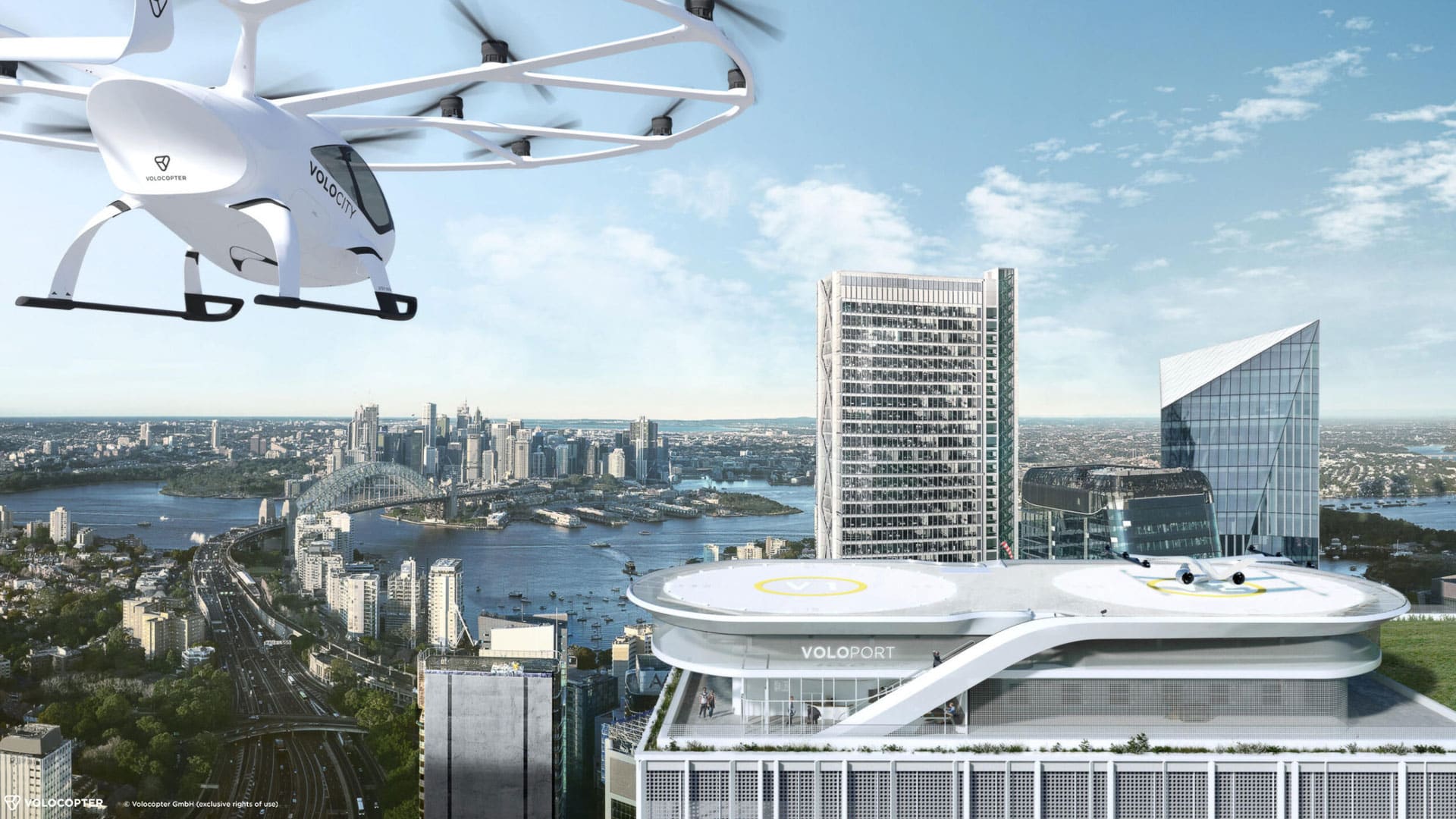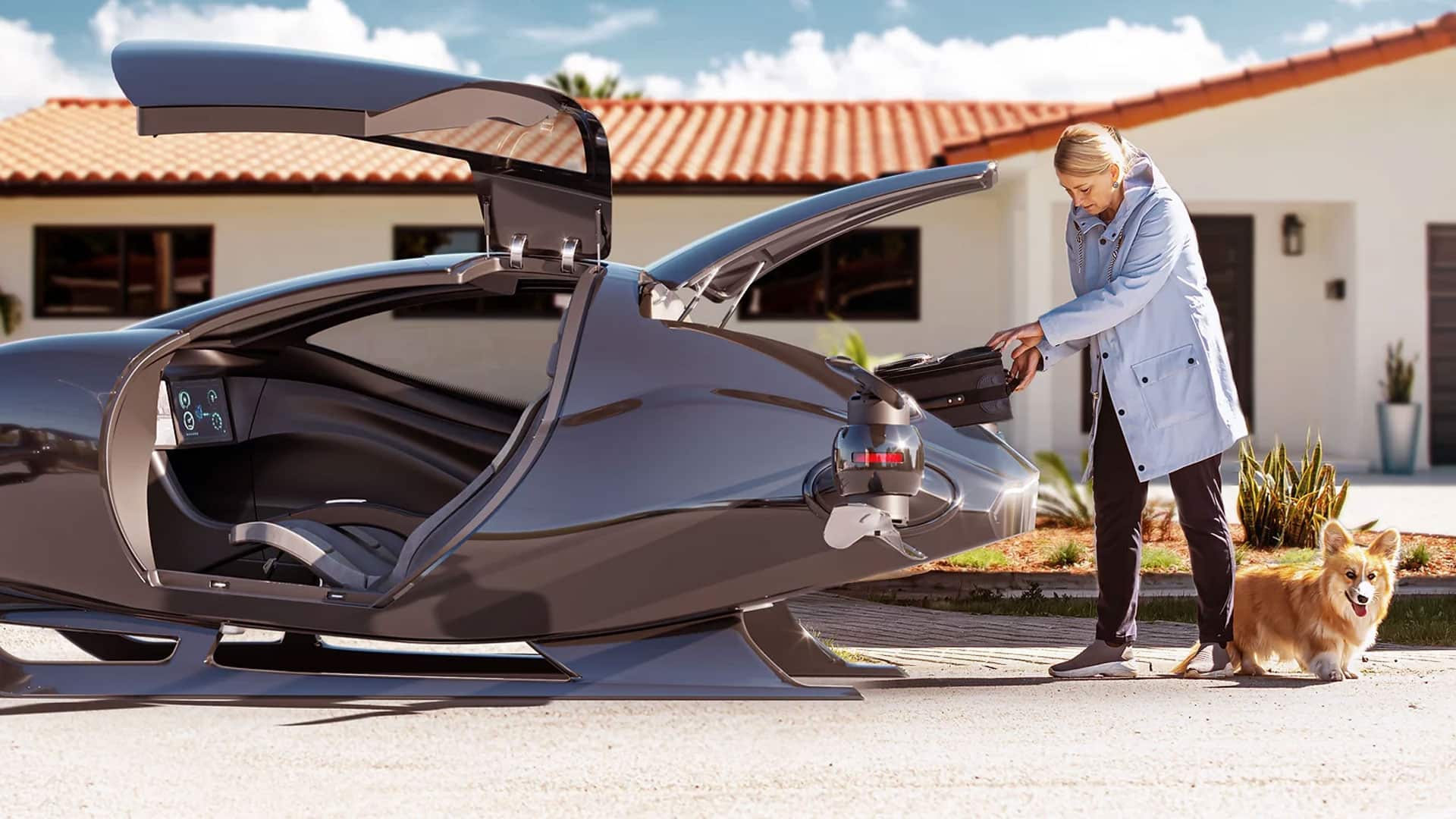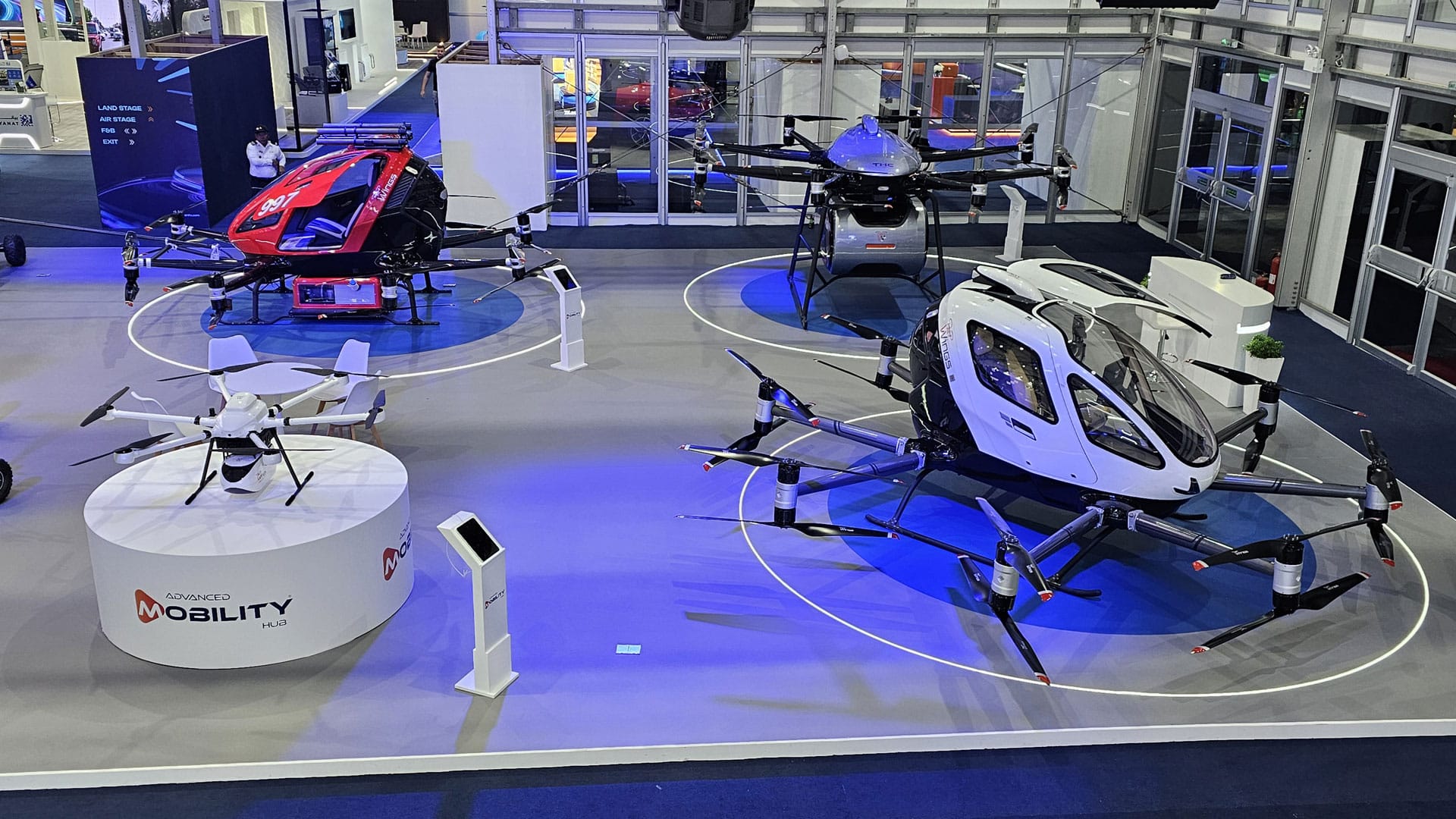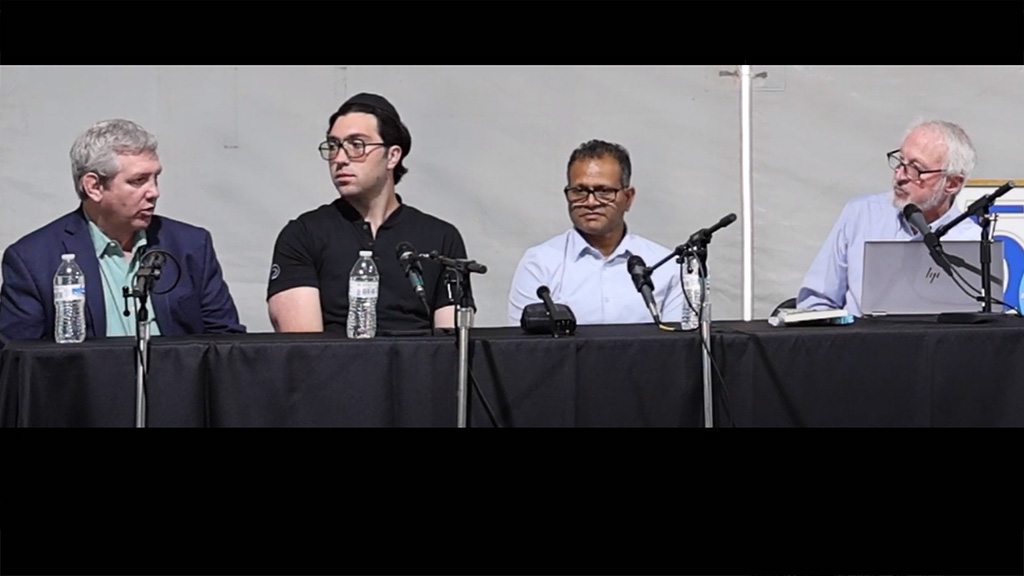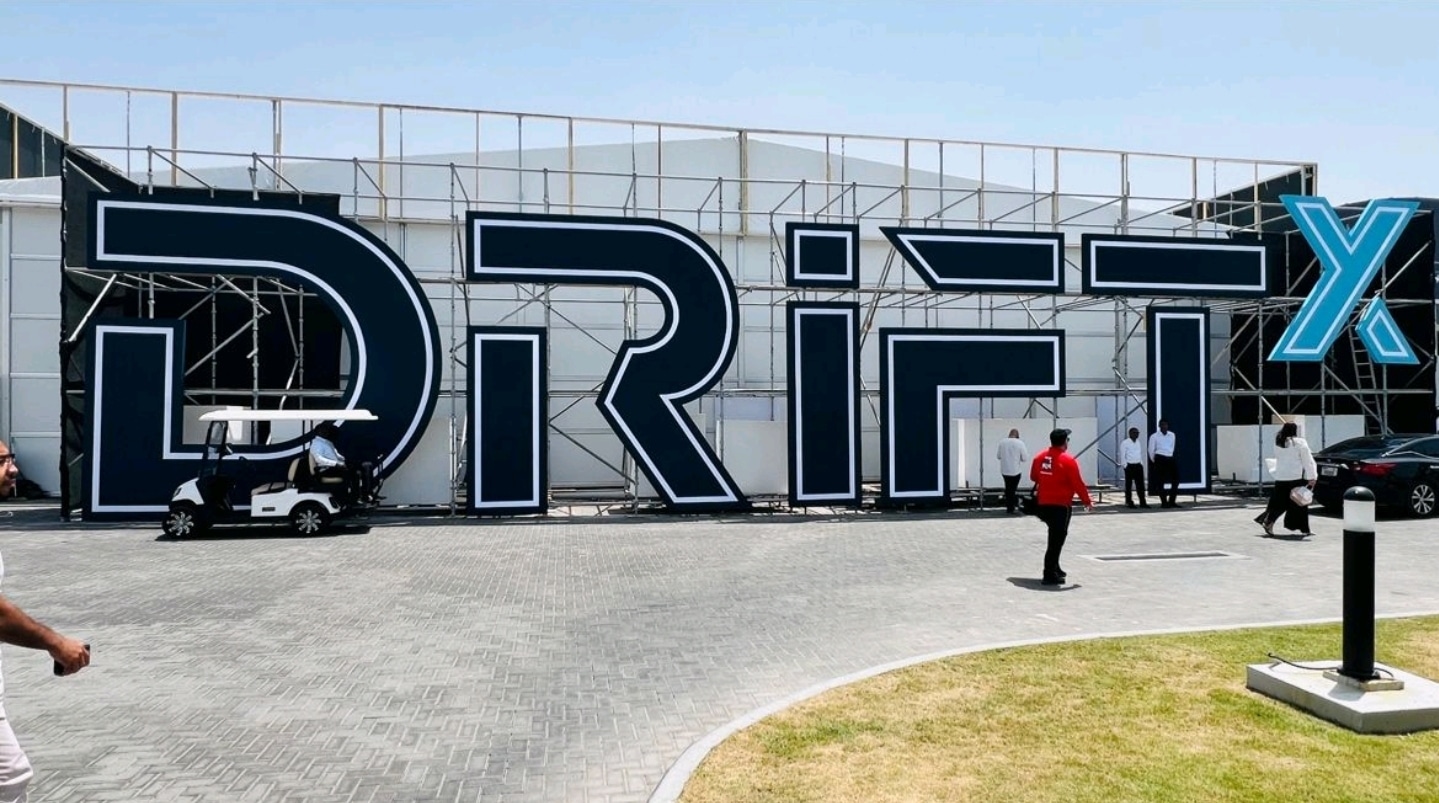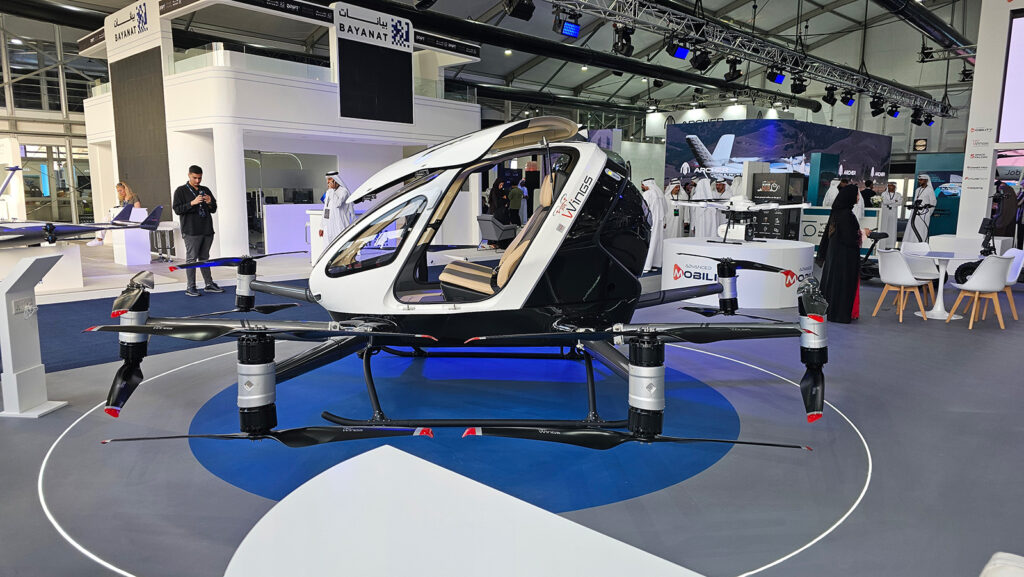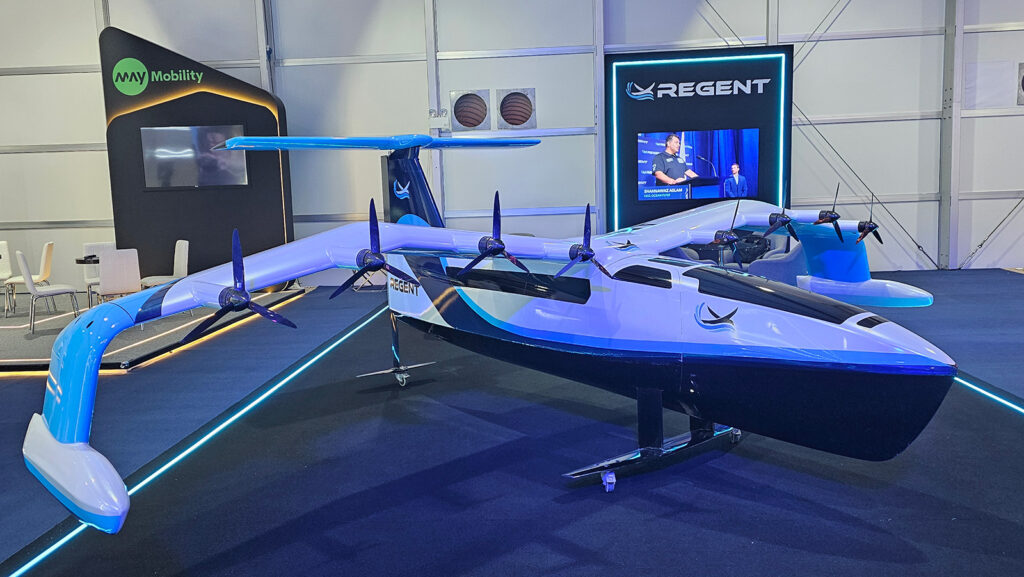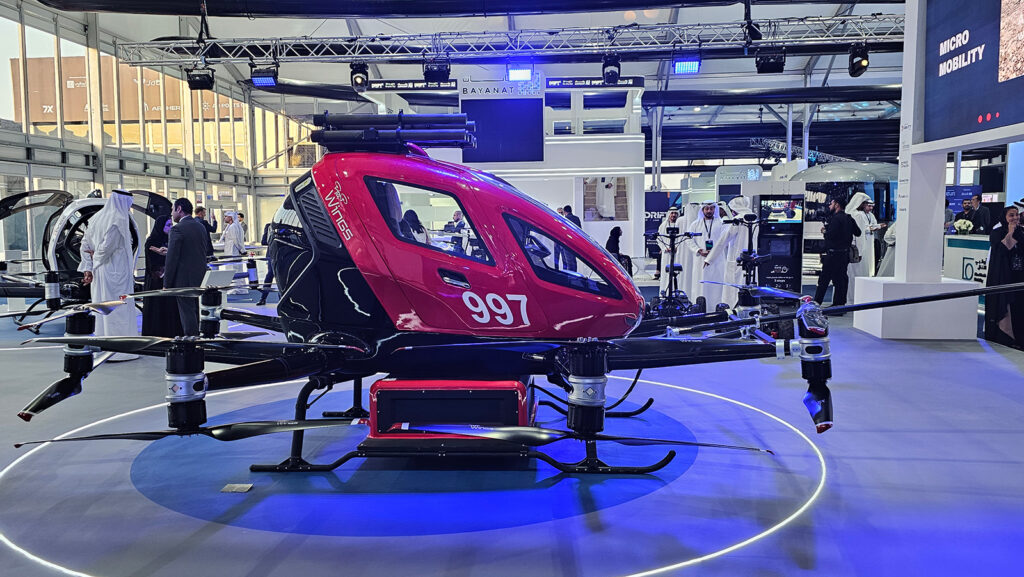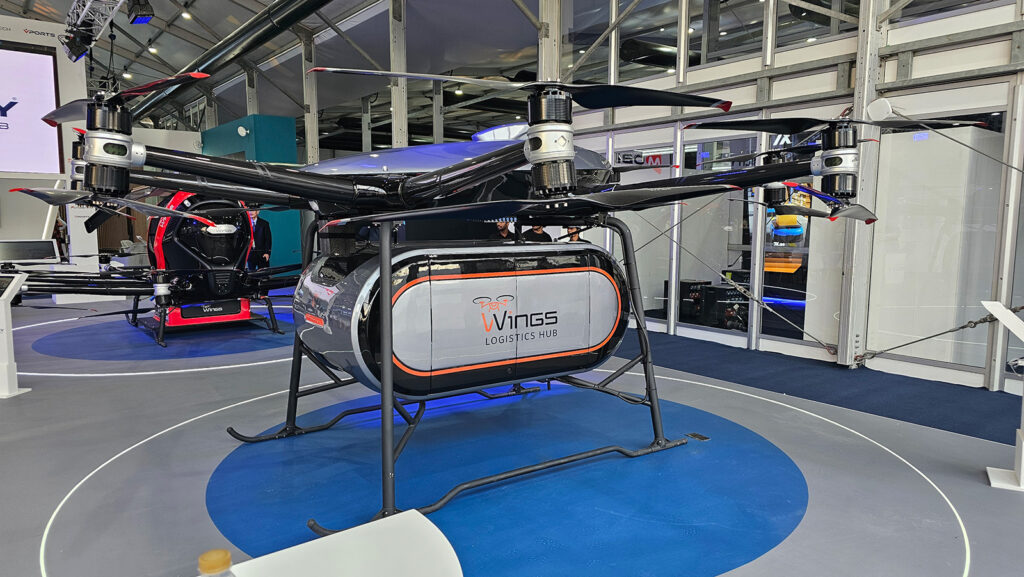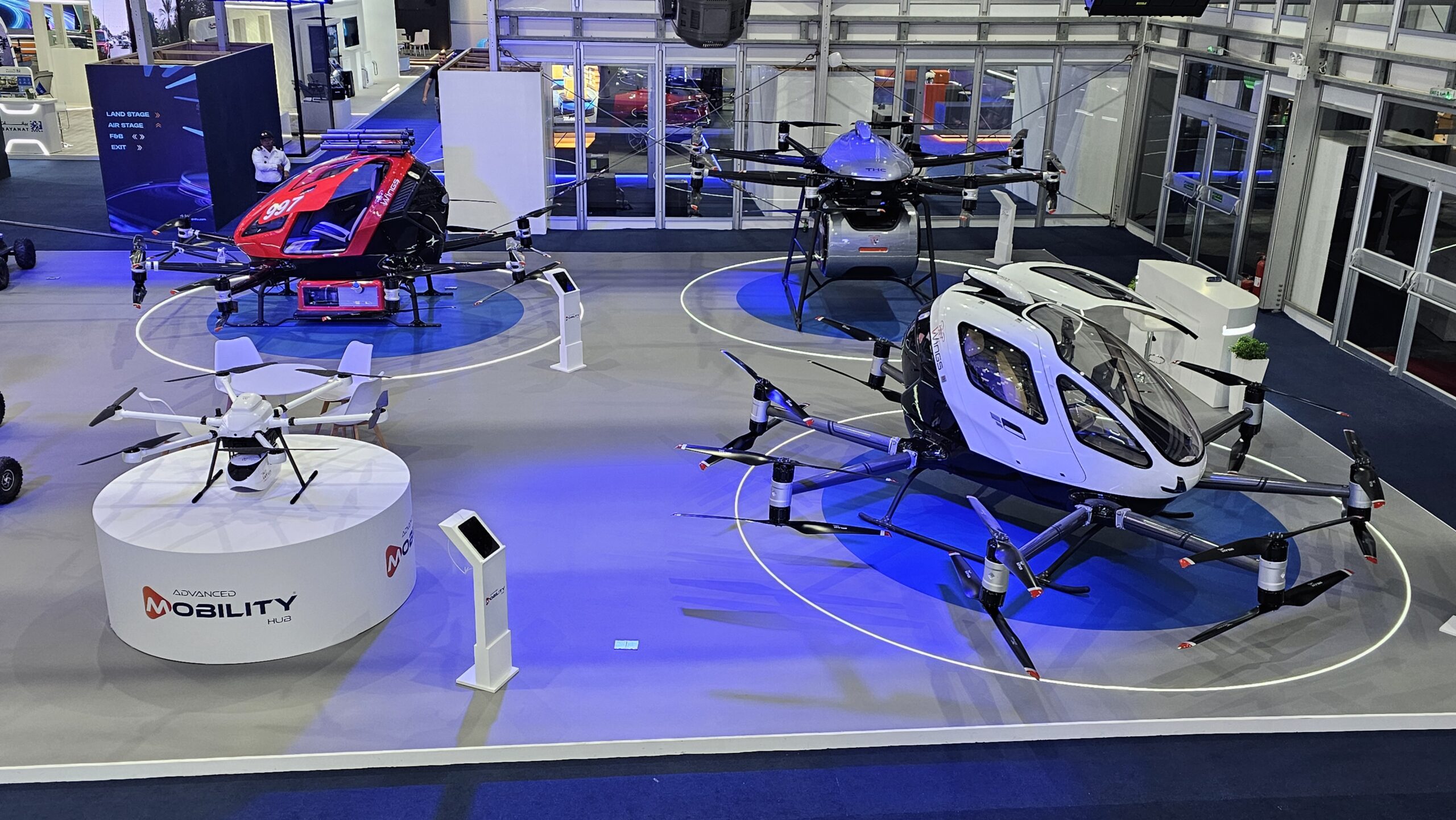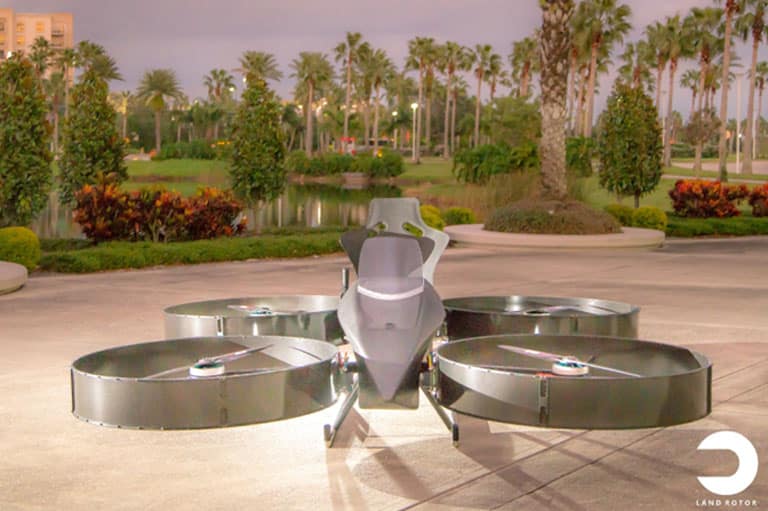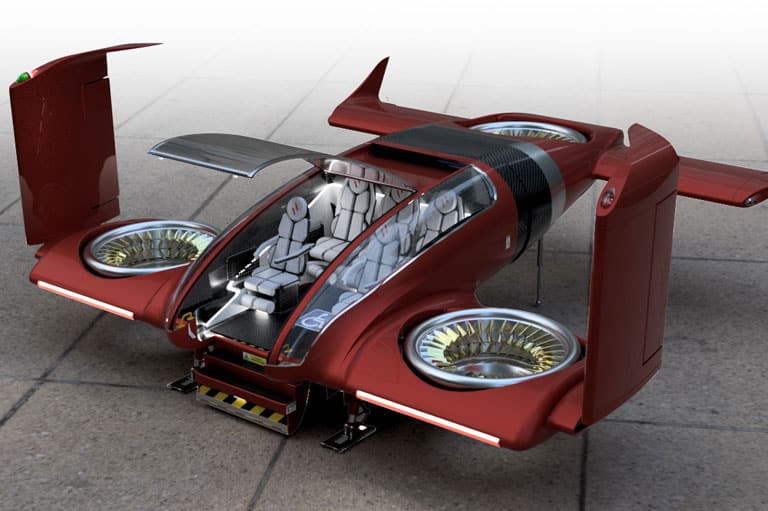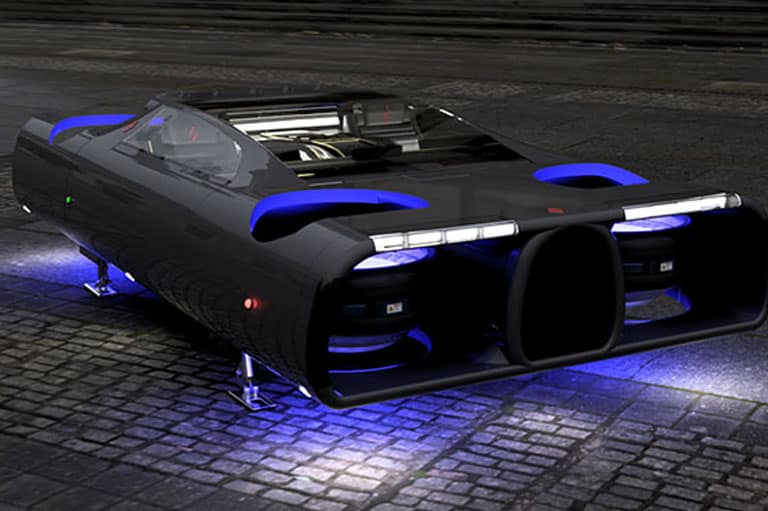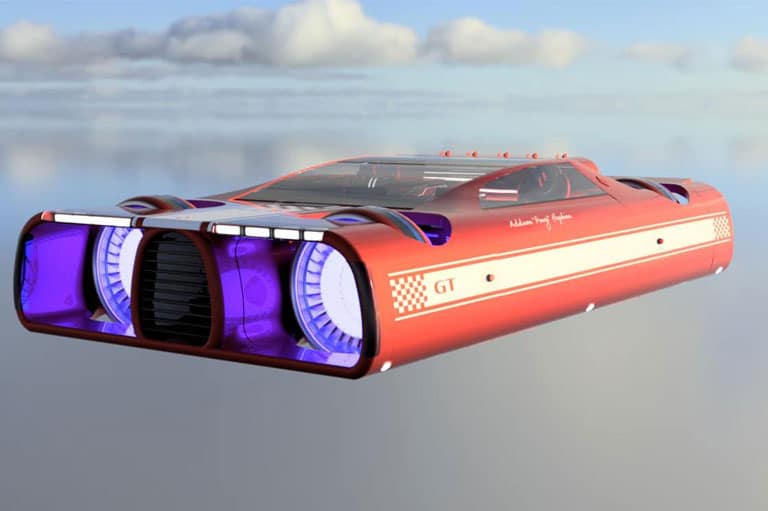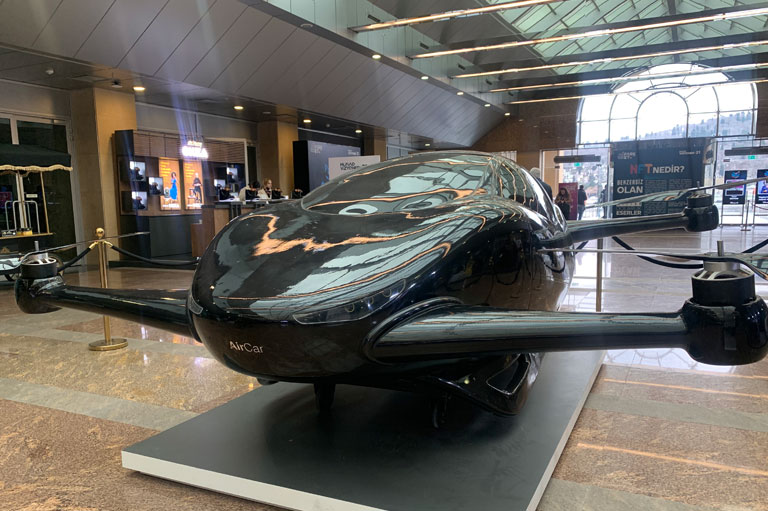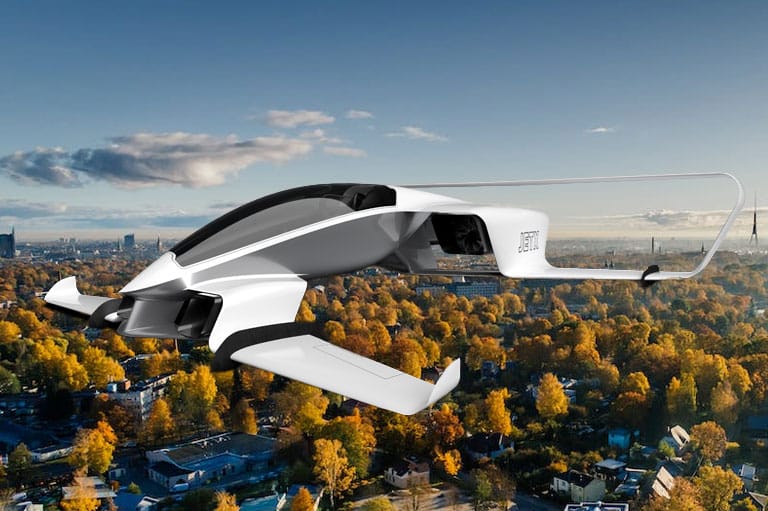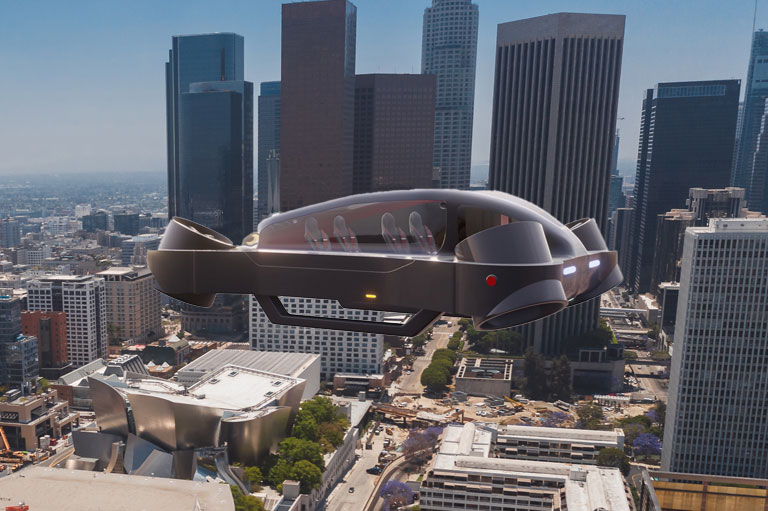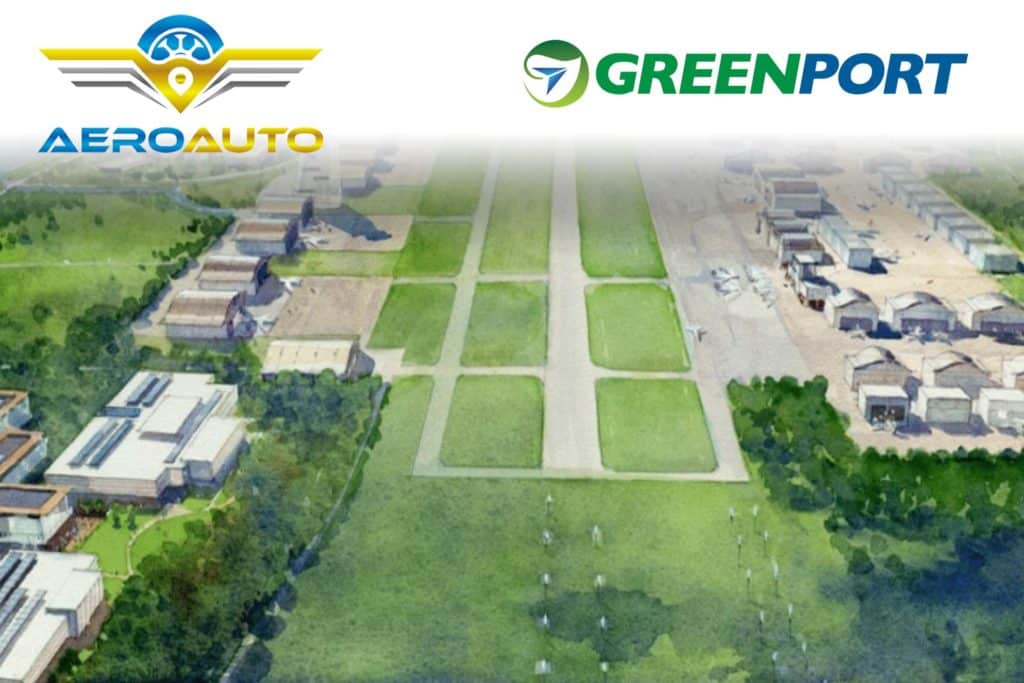That’s where we are now. I felt it deep in my chest as I stared at that eCopter perched in a booth in a sea of electric automobiles. We’re about to rise, all of us.
It reminds me of the Virginia farmer whom I took up on my ultralight trike one day. How he worked that same land for decades, knew every inch of it with his hands and feet, but had never—not once—seen it whole. The way his calloused fingers gripped the seat when we first took off. He was quiet at first, maybe a little scared. He’d never flown before, and not even on a commercial airliner. My rickety flying contraption, held together with cloth and wire, did not give him the best of assurance that he would land back safely.
Then that moment – I’ll never forget – when I banked over his eastern field and his entire face changed. The way he pointed and wholly animated now, almost shouting over the engine noise, at patterns in his crops he’d never noticed from the ground. How suddenly could he see the drainage problem he’d been fighting for years? The way the evening shadow of the old red oak fell across his best field.
“I’ve been walking this land my whole life,” he told me afterward, his voice different somehow, “but I never actually saw it until today.”
It wasn’t some grand cosmic revelation. Just a man seeing his life’s work from a perspective he never thought he’d have. Simple, human, and profound all at once.
Gosh, we’ve always wanted this. Every culture, every child who’s ever stared at birds with envy. We’ve dreamed about flight in our folktales, in our art, in those dreams where you suddenly realize you can just… lift off. That ancient longing is buried in our bones.
I can barely let myself imagine what it will feel like when this becomes normal. To rise above my childhood neighborhood and see it whole for the first time. To bypass the artificial barriers, we’ve created. To see familiar landscapes reveals their true patterns.
I’m not talking about some mystical transformation of consciousness. I’m talking about the simple, powerful shift that happens when you see your own life from above, like that farmer seeing the land he thought knew completely.
Remember how the automobile didn’t just replace horses. It changed everything about how we built our world and how we lived in it? This feels similar, but more intimate somehow.
I look at that lone eCopter at the EVS Saudi event, and I feel it: we’re standing in a moment that will be history before we know it. And unlike our ancestors who watched that first automobile putter by, I want to be fully awake to what’s coming. I want to feel every second of this revolution.
Not because it will make us enlightened beings overnight, but because it will give us – all of us, everywhere – a chance to see our lives, our communities, our challenges from a perspective we’ve never had before. Like that farmer seeing his drainage problem for the first time, maybe we’ll spot solutions that have been impossible to see while our feet have been planted firmly on the ground.
